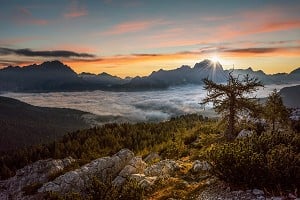
In late summer 2015 Ian Finch walked the length of the Western Isles from the Butt of Lewis in the north to Barra in the south, a solo journey of about 180 miles following the historic tracks and trails that web the islands. We caught up with him at home in London to talk moors, midges and island culture.
What gave you the idea for this trip?
I’d learnt about the Hebrides many years ago after reading a book called The Timeless Way. In the book, the author Peter Clarke walked through the entire island chain learning about the crofting people, the landscape and their rich history. He used old paths taken from ancient maps and photographs. I decided to undertake my own research and partially plan a route that incorporated walking in his footsteps. I’m always looking for a remote place where I can be physically and culturally challenged and where I can learn from that culture or its history. The Outer Hebrides had that in spades.
How many days did it take end-to-end?
I departed to the very north of the islands in early August hoping to catch a window of stable weather. My ferry left Castlebay in the south of the Islands 11 days later so whatever happened I had to make it down on foot. I had [the distance] at 179 miles give or take a few. It felt a lot longer because of a couple small silly navigation errors!
How many islands is that?
I travelled through seven islands from start to finish: Lewis and Harris [do they officially count as two? Ed], Berneray, North Uist, Benbencula, South Uist and Barra.
Were you already familiar with the western isles?
This was all new ground. During my prep it felt daunting, it seemed only 10% of the islands had anything resembling actual cross-country footpaths. I’d have to cover most of the ground by navigating which was an exciting prospect. I’d never set foot on the Hebrides, Skye or even western Scotland so in some ways it was just a matter finding and adapting as I went.
Following old drover’s and crofter’s routes – what did this bring to your experience of the journey?
It gave a real sense of purpose, direction and authenticity to the journey. At the start I found it hard to even envisage how the small rocky paths crisscrossed from township to community all the way, but as I went I found how well these routes cleverly penetrated the landscape with their old stone markers intact. I wanted to experience the land as [people] had seen it 100s of years ago, away (as much as possible) from main roads and modern influences.
How did the weather treat you throughout the trip?
Out of 11 solid days, apart from a few gnarly showers, I had two days of rain (at night). I was incredibly lucky as weeks before it had been noted as the wettest summer on record. I thanked the sun gods many times!
Many midgey moments?
A few! One morning I woke to what sounded like rain on the outer tent. Opening my flysheet I saw squadrons of midges and flies dive-bombing my location. It wasn’t rain, it was them baiting for blood, my blood, and hitting the tent. Most impressive tactics I’ve seen to date!
Sounds like it was quite hard going at times – what were the major challenges of the walk?
The Lewis Moor on the first day was a baptism of fire. Due to the wet summer it was only just passable. My 14-mile route disappeared amongst the peat water and spongy heather. Luckily, old weathered green marker posts, three feet high, had been placed to guide people across the moor in rough weather many years ago. I navigated to the 50 or 60 that visibly were still standing. I certainly wont forget that day.
From the bogland of Lewis to the machair of South Uist, they are such varied islands. Did your understanding of the landscape grow as you went along?
From my research I knew that each island had its own identity and personality, but moving through each one at such a slow pace I saw that character shift in slow motion from island to island. I found that as I slowed down everything slowed down, that’s when I began to look and learn more about exactly where I was. I appreciated the beauty of each island for different reasons.
Any particular favourite places?
That’s a tough question! There were memorable moments in memorable locations. One favorite spot was crossing the lower part of Harris, I was traversing a landscape that felt lunar. The rocks and mountains had been smoothed off by the elements. It was then I found a plaque, in the middle of nowhere, saying this is where Stanley Kubrick had shot a number of scenes for 2001: A Space Odyssey because of its resemblance to a lunar surface. Being a film buff I appreciated that moment of discovery.
What impressions have you brought home with you about island people and culture?
I love the fact there is still a very tight bond between the crofting people, their heritage and the landscape. Times have changed. Where wool, tweed and fishing were once main exports, now the trickle of tourism seems to be what keeps the islands alive. It’s so refreshing to see the inhabitants, new and old, still holding on to that connection with the island history. As Peter Clarke writes in The Timeless Way “the Hebrides are a place of my heart, forever in my heart” – I second that!
All photos by Ian Finch
About Ian Finch
Ian Finch is an adventurer and qualified paragliding pilot who has been passionately travelling to remote environments for over five years. His adventures have featured in the Evening Standard and accounts of his journeys have a popular following in the outdoor sector. Ian spent a number of years as a commando in the Royal Marines, where he served in arctic Norway and worked with US Marines in the states. His adventures have taken him to Greenland, Tibet, Iceland, Nepal and China and other remote parts of Europe where he lived and travelled alongside 1st nation cultures learning from their ancient traditions and ways of life. Ian combines his photography and writing with a passion for adventure in remote environments where native cultures still thrive. Ian's endeavours are regularly filmed and shared in an attempt to inspire and educate about remote regions. When not overseas, Ian lives in Hertfordshire.
Check out Ian's website here
And here he is on Facebook
- INTERVIEW: Exmoor Coast Traverse - England's Best Kept Mountaineering Secret 10 Apr
- REVIEW: Rab Muon 50L Pack 9 Apr
- REVIEW: Boreal Saurus 2.0 22 Mar
- REVIEW: The Cairngorms & North-East Scotland 1 Mar
- REVIEW: Mountain Equipment Switch Pro Hooded Jacket and Switch Trousers 19 Feb
- Classic Winter - East Ridge of Beinn a' Chaorainn 12 Feb
- REVIEW: Salewa Ortles Ascent Mid GTX Boots 18 Jan
- REVIEW: Patagonia Super Free Alpine Jacket 7 Jan
- REVIEW: Deuter Fox - A Proper Trekking Pack For Kids 27 Dec, 2023
- My Favourite Map: Lochs, Rocks, and a Bad Bog 27 Nov, 2023



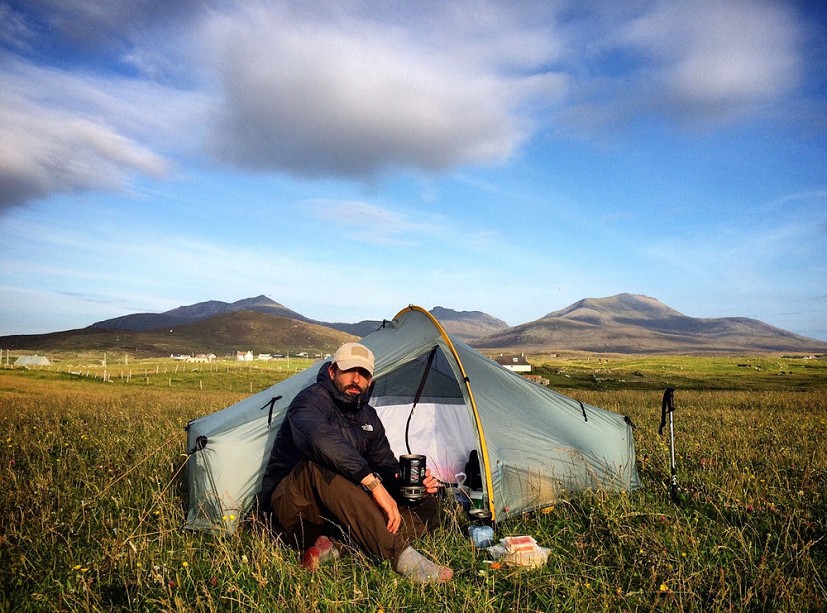
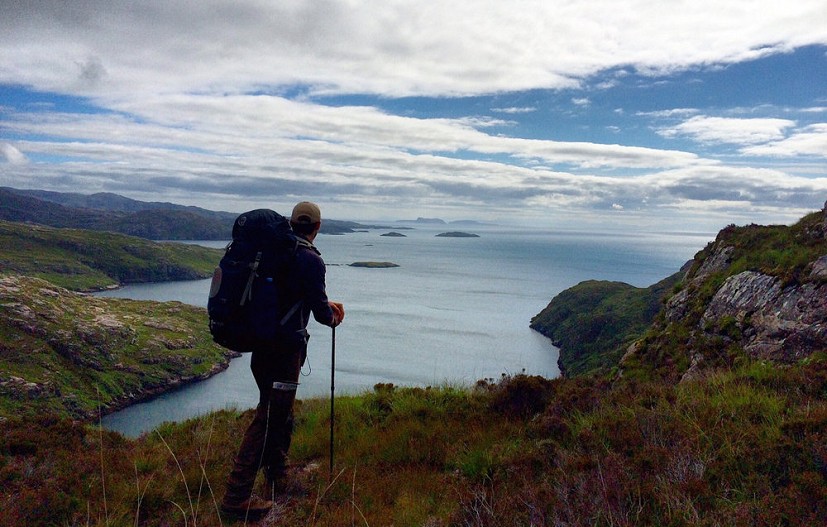
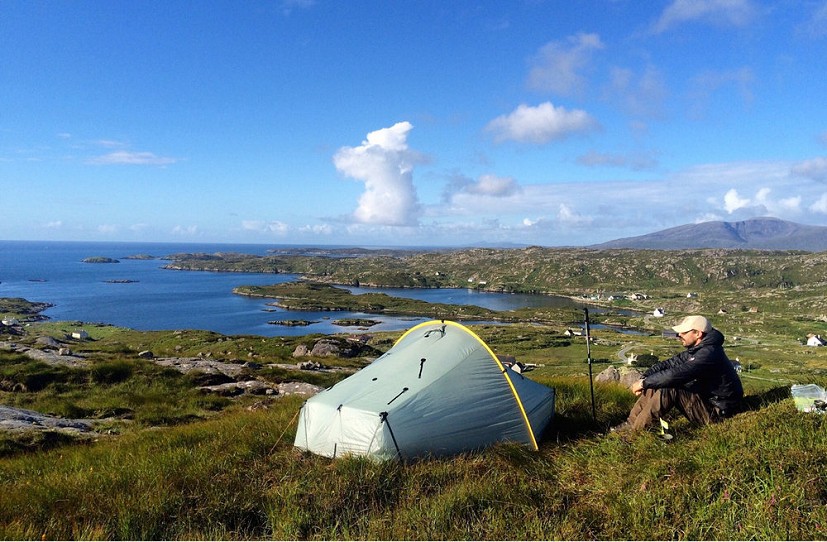
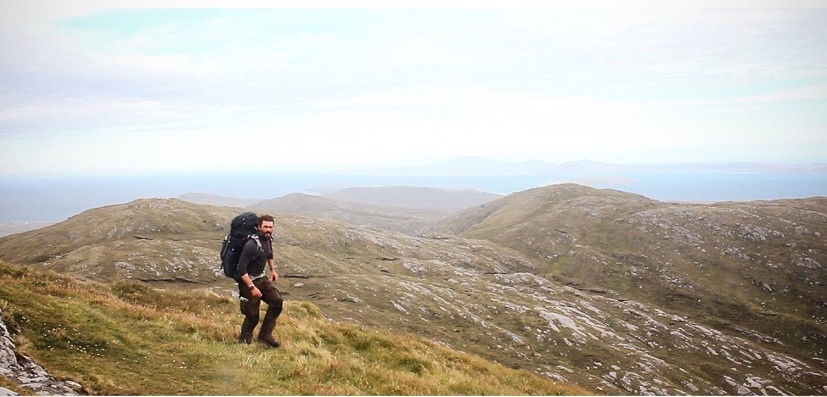
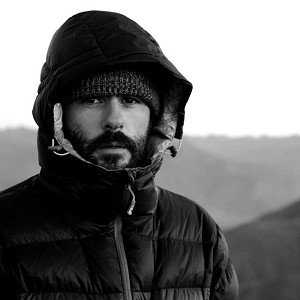
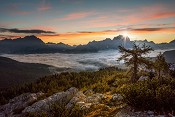

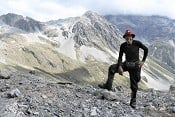

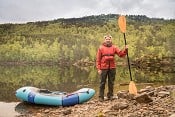




Comments